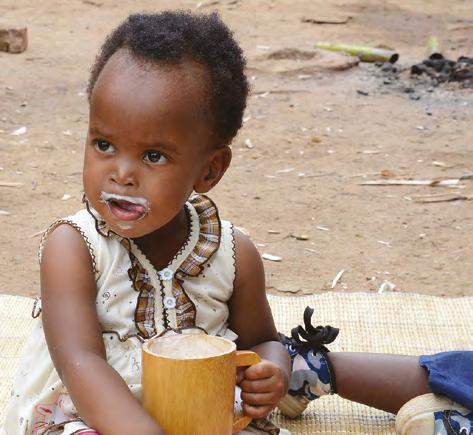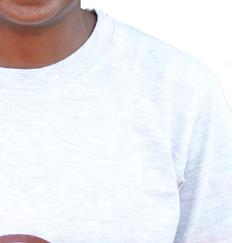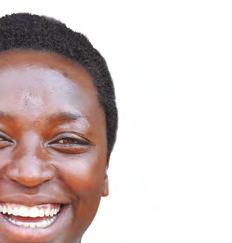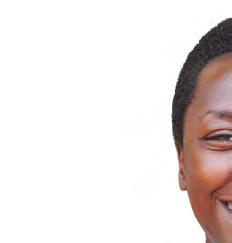
1 minute read
The difference between food and nutrition
100% families are now food secure
Up from 10% at the start of the project (Greening Girinka).
Advertisement
86.6% families eating 6+ food types daily
Up from 1.2% at the start of the project (Ikawa n’Inka).
0.7 hunger months per year
Families now face fewer hunger months, from 4.6 months to 0.7 months per year (Ikawa n’Inka & Greening Girinka).
Rwanda is the most population dense country in Africa, which presents a challenge for farmers. More than 50% of farmers use less than 0.5 hectares of land and 80% less than 1 hectare.
Before joining a Ripple Effect project, many farmers feel they can’t feed their families from their land, so they grow crops like coffee instead. However soil fer tility is often poor, meaning low yields, and farmers can struggle to secure good prices for their produce. There is often little money left over to buy nutritious vegetables and milk for their families.
Even if families are eating, the food is plain, leading to malnutrition. At the start of the Ikawa n’Inka project, families faced almost five hunger months per year
As par t of Ripple Effect’s approach, farmers are support ed to access good quality, drought resistant vegetable seeds and training to create thriving kitchen gardens. Increasing vegetable production in homes improves family nutrition and the overall health and happiness of the farmers we work alongside.
Using techniques such as mulching, composting, soil conservation and erosion control, farmers can regenerate their land, whilst also improving their family’s food security. Good soil means a good harvest, food security and dignity. By diversifying crops grown for income, and improving yields, farmers’ livelihoods become more food secure and they can begin to plan and save for the future.
Thank you to Starbucks EMEA for sponsoring this report
Drinking milk helps to prevent stunting and malnutrition in children

Claire joined a Ripple Effect self-help group in 2017, as par t of the Ikawa n’Inka project. She was orphaned at a young age, and now lives with her aunt. Despite being a young adult, Claire felt hopeless and couldn’t see where her future was going.










